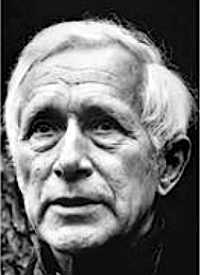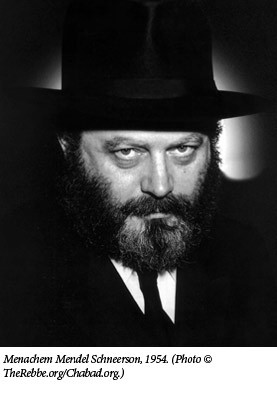The Balkanization of the System: Ernst Jünger and the Endtimes, Part 1
It seems that the prognoses about the imminent death of the West were not just a favorite topic of the German philosopher of history Oswald Spengler, the author of the much acclaimed The Decline of the West. In times of great geopolitical disruptions and social polarizations, such as those sweeping now over Europe and the USA, predictions about a pending catastrophe seem to be a cherished subject among countless intellectuals, especially those who portray themselves as traditionalists or nationalists, or even worse, those who are portrayed by their detractors as White racists or radical right-wingers. In a flurry of philosophical prose dealing with the purported balkanization of the West, and announcing the apocalyptic endtimes, one could single out the name of Ernst Jünger, a late German essayist and novelist, whose name was once associated with the so-called conservative intellectual revolution in Weimar Germany, and who is today eulogized by all sorts of White nationalists and traditionalists as a leading figure in understanding the endtimes of the West.
A subject that also needs some clarification is the word “balkanization,” a word whose lexical and conceptual connotations over the last decades has come to be associated not just with state fragmentation, but also with ethnic and racial turmoil. How could Ernst Jünger and some of his types of “dissenting sovereign individuals” be relevant in understanding and combating unparalleled racial changes that have occurred in Europe and America over the last three decades? As a man of considerable foresight, but also of insight, Jünger contemplated different types of nonconformist individuals—people that stood up to the System at different historical times and in different political environments. However, nowhere in his voluminous work did Jünger envision the racial turmoil which is soon likely to bring Europe and America into a real cycle of chaos. Read more







